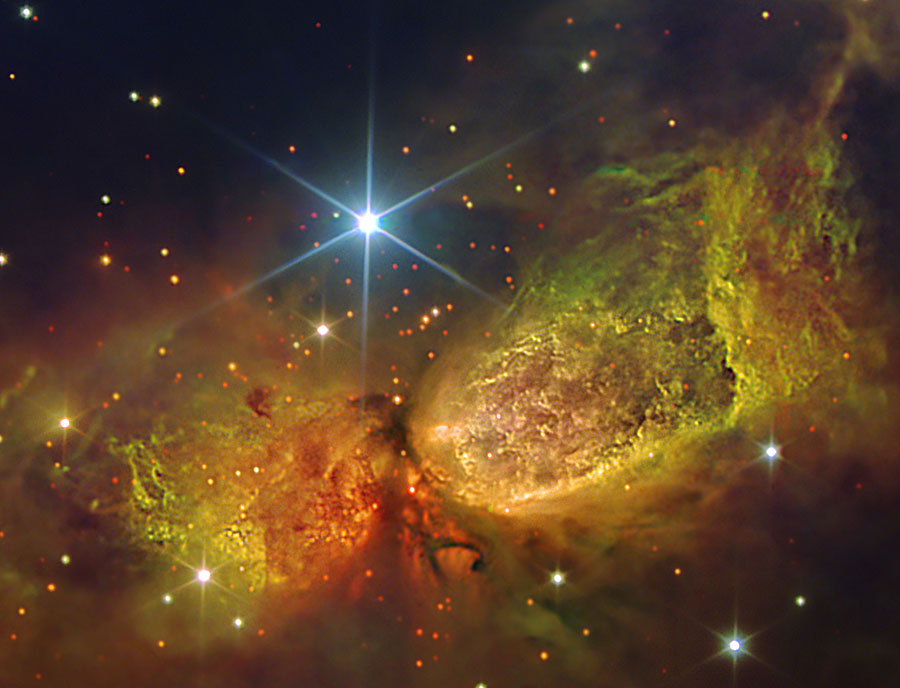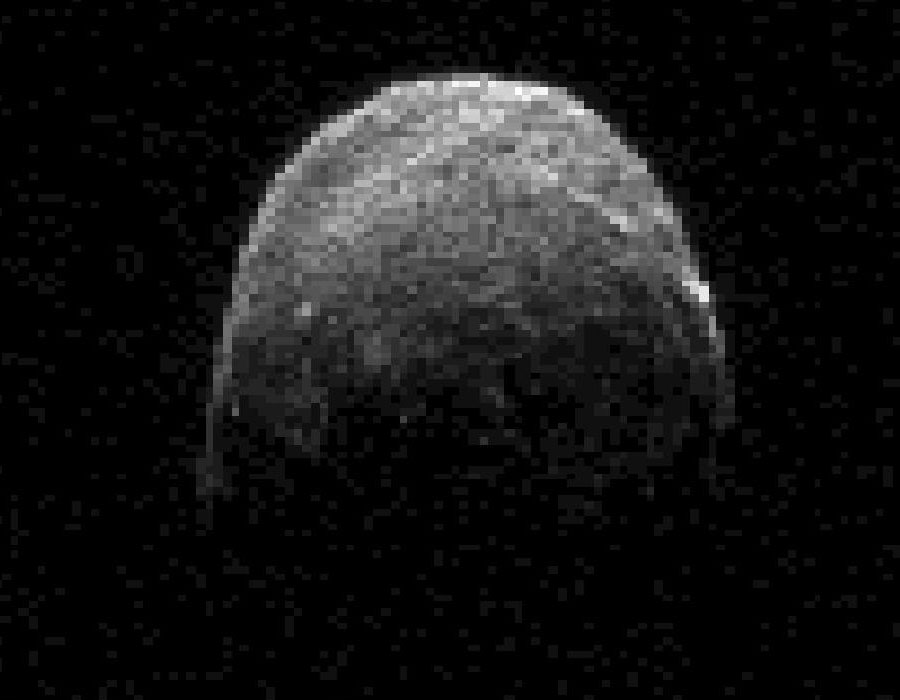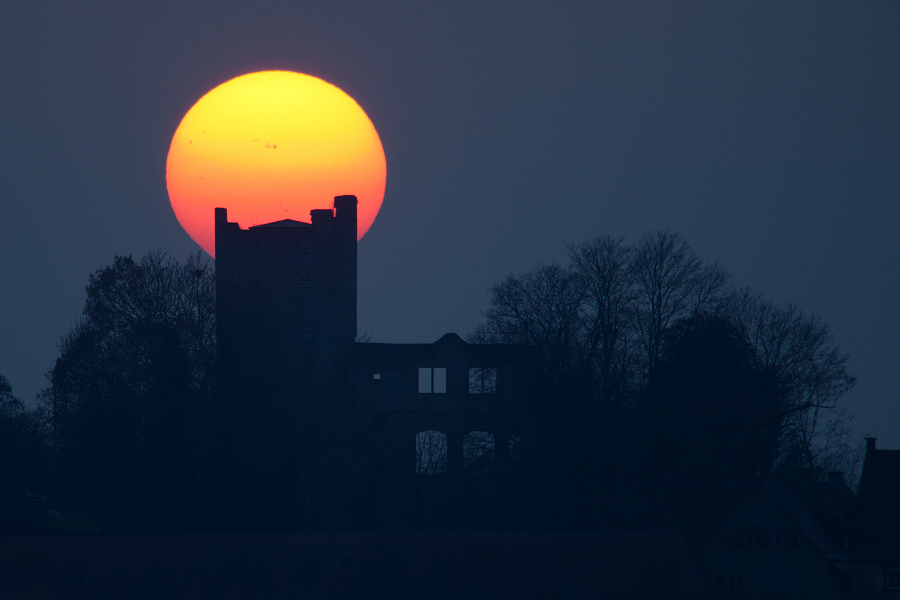Please vote for the TWO best Astronomy Pictures of the Day (image and text) of November 6-12, 2011.
(Repeated APODs are not included in the poll.)
All titles are clickable and link to the original APOD page.
We ask for your help in choosing an APOW as this helps Jerry and Robert create "year in APOD images" review lectures, create APOM and APOY polls that can be used to create a free PDF calendar at year's end, and provides feedback on which images and APODs were relatively well received. You can select two top images for the week.
We are very interested in why you selected the APODs you voted for, and enthusiastically welcome your telling us why by responding to this thread.
Thank you!
_______________________________________________________________
<- Previous week's poll
Massive star IRS 4 is beginning to spread its wings. Born only about 100,000 years ago, material streaming out from this newborn star has formed the nebula dubbed Sharpless 2-106 Nebula (S106), pictured above. A large disk of dust and gas orbiting Infrared Source 4 (IRS 4), visible in dark red near the image center, gives the nebula an hourglass or butterfly shape. S106 gas near IRS 4 acts as an emission nebula as it emits light after being ionized, while dust far from IRS 4 reflects light from the central star and so acts as a reflection nebula. Detailed inspection of images like the above image has revealed hundreds of low-mass brown dwarf stars lurking in the nebula's gas. S106 spans about 2 light-years and lies about 2000 light-years away toward the constellation of the Swan (Cygnus).
Click to play embedded YouTube video.
Asteroid 2005 YU55 passed by the Earth yesterday, posing no danger. The space rock, estimated to be about 400 meters across, coasted by just inside the orbit of Earth's Moon. Although the passing of smaller rocks near the Earth is not very unusual -- in fact small rocks from space strike Earth daily -- a rock this large hasn't passed this close since 1976. Were YU55 to have struck land, it might have caused a magnitude seven earthquake and left a city-sized crater. A perhaps larger danger would have occurred were YU55 to have struck the ocean and raised a large tsunami. The above radar image was taken two days ago by the Deep Space Network radio telescope in Goldstone, California, USA. YU55 was discovered only in 2005, indicating that other potentially hazardous asteroids might lurk in our Solar System currently undetected. Objects like YU55 are hard to detect because they are so faint and move so fast. However, humanity's ability to scan the sky to detect, catalog, and analyze such objects has increased notably in recent years.
In 185 AD, Chinese astronomers recorded the appearance of a new star in the Nanmen asterism - a part of the sky identified with Alpha and Beta Centauri on modern star charts. The new star was visible for months and is thought to be the earliest recorded supernova. This multiwavelength composite image from orbiting telescopes of the 21st century, XMM-Newton and Chandra in X-rays, and Spitzer and WISE in infrared, show supernova remnant RCW 86, understood to be the remnant of that stellar explosion. The false-color view shows interstellar gas heated by the expanding supernova shock wave at X-ray energies (blue and green) and interstellar dust radiating at cooler temperatures in infrared light (yellow and red). An abundance of the element iron and lack of a neutron star or pulsar in the remnant suggest that the original supernova was Type Ia. Type Ia supernovae are thermonuclear explosions that destroy a white dwarf star as it accretes material from a companion in a binary star system. Shock velocities measured in the X-ray emitting shell and infrared dust temperatures indicate that the remnant is expanding extremely rapidly into a remarkable low density bubble created before the explosion by the white dwarf system. Near the plane of our Milky Way Galaxy, RCW 86 is about 8,200 light-years away and has an estimated radius of 50 light-years.
Big, bright, and beautiful, spiral galaxy M83 lies a mere twelve million light-years away, near the southeastern tip of the very long constellation Hydra. This cosmic close-up, a mosaic based on data from the Hubble Legacy Archive, traces dark dust and young, blue star clusters along prominent spiral arms that lend M83 its nickname, The Southern Pinwheel. Typically found near the edges of the thick dust lanes, a wealth of reddish star forming regions also suggest another popular moniker for M83, The Thousand-Ruby Galaxy. Dominated by light from older stars, the bright yellowish core of M83 lies at the upper right. The core is also bright at x-ray energies that reveal a high concentration of neutron stars and black holes left from an intense burst of star formation. In fact, M83 is a member of a group of galaxies that includes active galaxy Centaurus A. The close-up field of view spans over 25,000 light-years at the estimated distance of M83.
Each day can have a beautiful ending as the Sun sets below the western horizon. This week, the setting Sun added naked-eye sunspots to its finale, as enormous active regions rotated across the dimmed, reddened solar disc. Near the Sun's center in this closing telephoto view from November 7th are sunspots in Active Region 1339. Responsible for a powerful X-class flare on November 3rd, Active Region 1339 is larger than Jupiter. In the foreground, the ruined tower of a medieval castle stands in dramatic silhouette. Located in Igersheim, Germany and traditionally known as castle Neuhaus, it might be named Sunspot Castle for this well-composed scene.
<- Previous week's poll




